18+ Sample Payroll Receipts
-
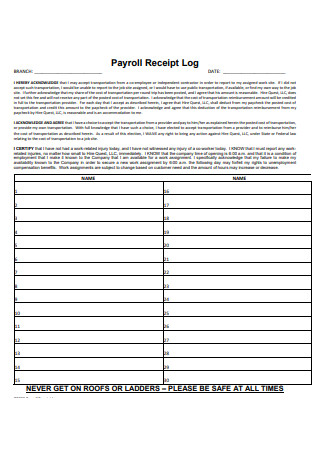
Payroll Receipt Log
download now -
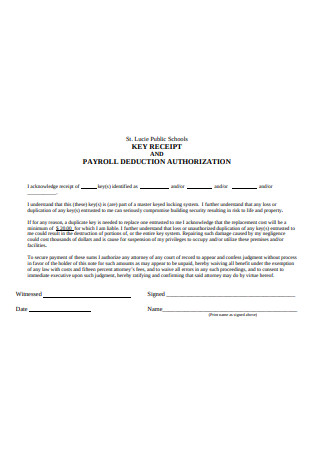
Payroll Deduction Authorization Receipt Form
download now -
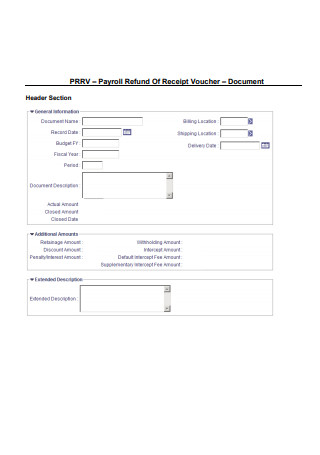
Payroll Refund of Receipt Voucher
download now -
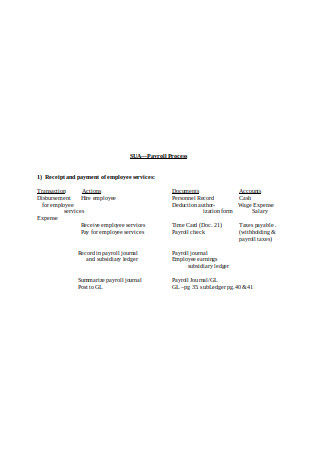
Payroll Receipt Format
download now -
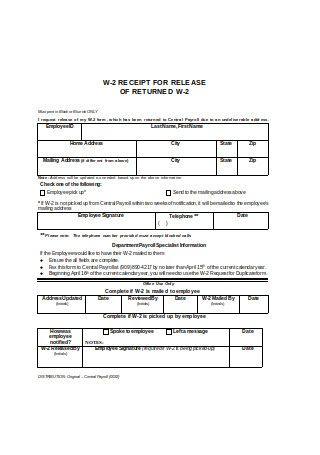
Sample Payroll Receipt Format
download now -

Payroll Tax Receipt
download now -
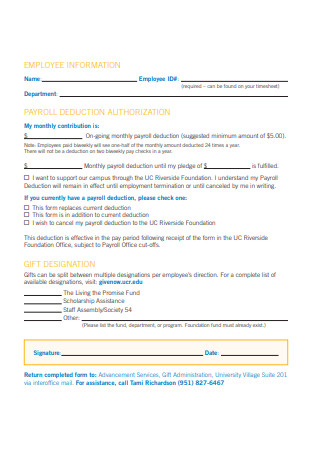
Sample Payroll Receipt Example
download now -
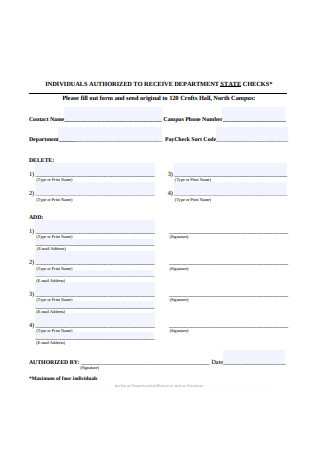
Payroll Check Receipt
download now -
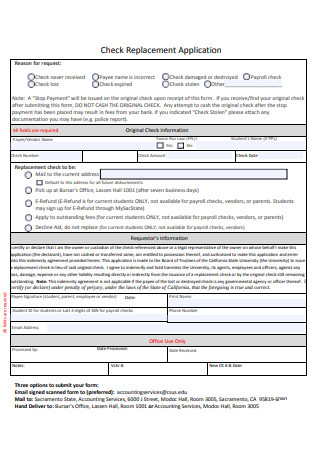
Payroll Check Receipt Format
download now -
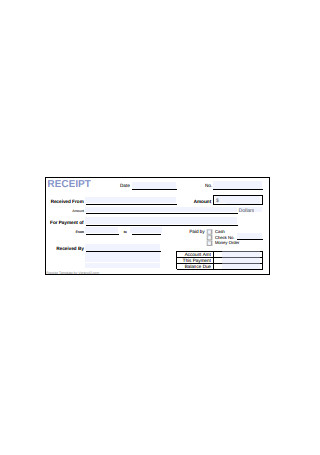
Payroll Cash Receipt
download now -
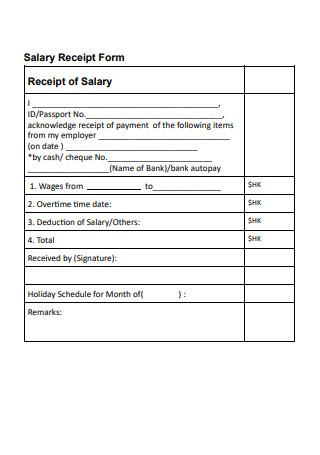
Payroll Salary Receipt
download now -
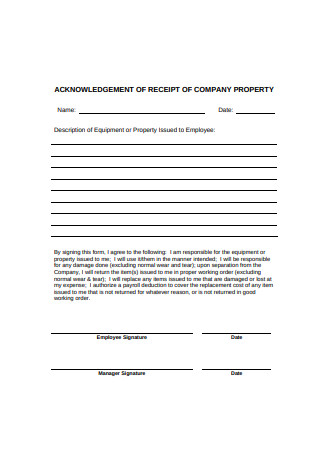
Payroll Acknowledgement Receipt of Company Property
download now -
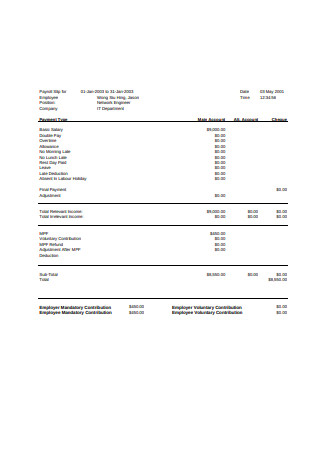
Payroll Slip
download now -
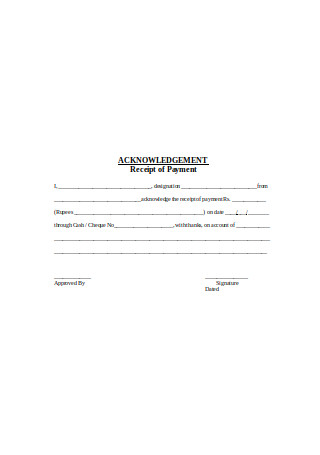
Pay Acknowledgement Receipt
download now -
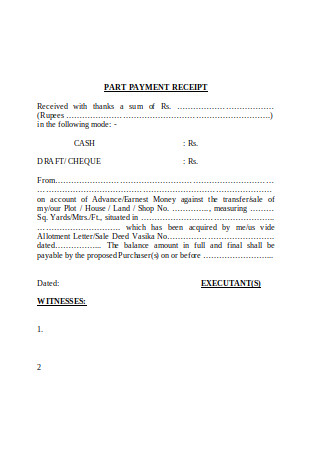
Payment Receipt
download now -
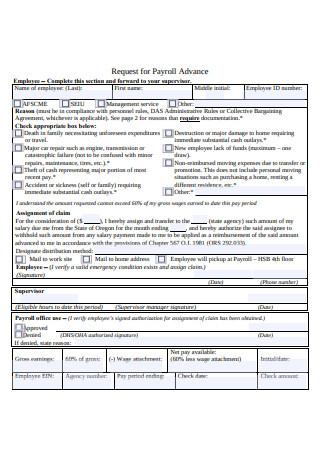
Request for Payroll Advance Receipt
download now -
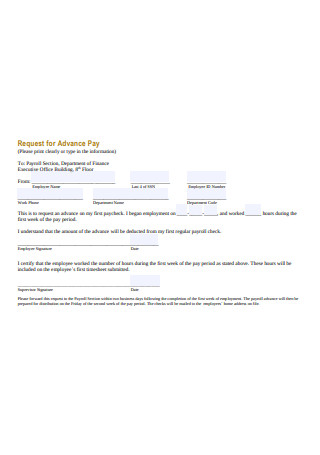
Request for Advance Pay Receipt
download now -
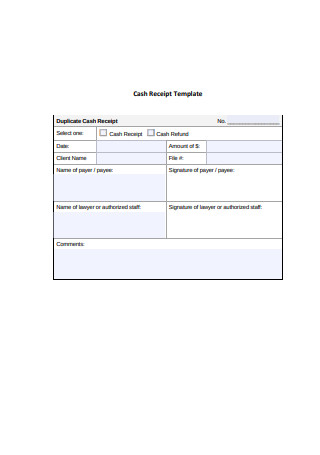
Cash Receipt Format
download now
What Are Payroll Receipts?
The idea of payrolls leads back to the ancient Greek system, where Athenians resemble today’s payroll systems. Indeed, Athenian treasurers, public servants, and more kept their financial records through chiseling stones. And today, payroll refers to a list of every worker in a company along with the corresponding amount of money they will be paid. Also, it can be another term for the salary or wage total amount of any business. Meanwhile, receipts acknowledge transactions. Combine both terms, and you form the payroll receipt. Thus, this receipt contains itemized payroll details of the employee names, income amount, timesheet, and more.
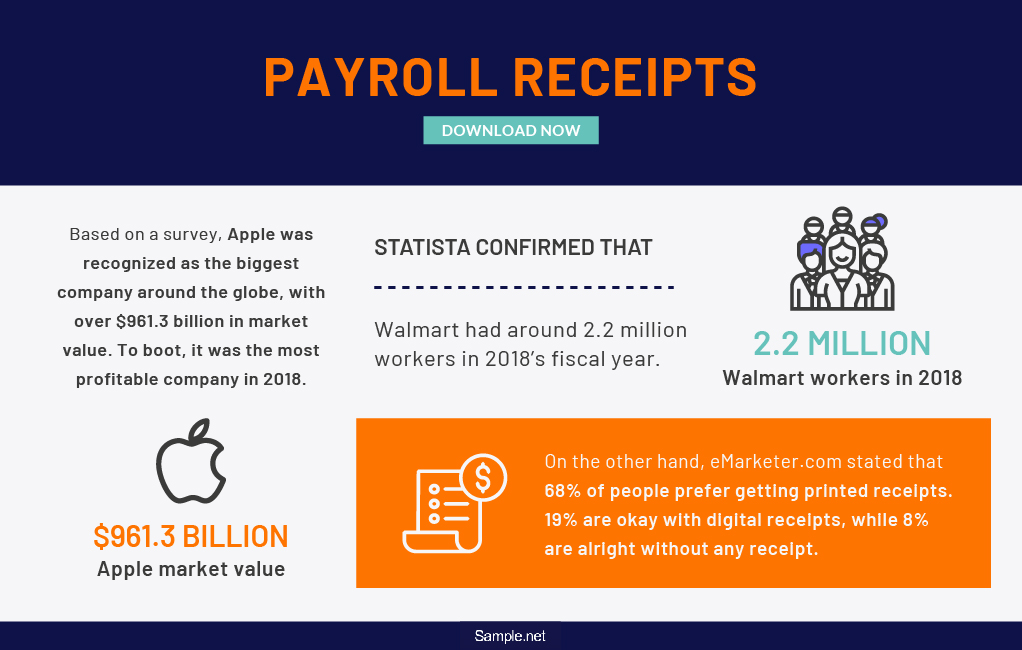
Based on a survey, Apple was recognized as the biggest company around the globe, with over $961.3 billion in market value. To boot, it was the most profitable company in 2018.
Meanwhile, Statista confirmed that Walmart had around 2.2 million workers in 2018’s fiscal year.
On the other hand, eMarketer.com stated that 68% of people prefer getting printed receipts. 19% are okay with digital receipts, while 8% are alright without any receipt.
Why Is a Payroll Receipt Essential?
If payrolls were practiced way back, then general receipts are just the same. One of the oldest receipts made was even created out of a 1×1 and one half inch thick clay, which was received by Alulu. Now, digital versions are already practiced aside from printable receipts. And since payroll receipts are still relevant, there is no questioning that these are important. To be more specific, such sheets benefit any industry in handling payment for the workers’ earnings. At least employees can see clearly how much was deducted from their payslip and what the specific amount is instead of guessing it.
A pay stub or receipt helps solve conflicts too. Maybe one worker complains why his or her salary had a big deduction. Therefore, showing the document makes it simple to explain the payroll deduction. Its explanation may refer to tax contribution or perhaps, tardiness and absences. Aside from numbers, there are labels indicated in the form anyway, so people understand what it means. With that said, liabilities are fixed. Creating numerous arguments without evidence will only make matters worse. Hence, payroll receipts exist for clarification purposes.
Payroll Processing in Easy Steps: A Review
A wise choice on who works best to manage the payroll system is an accountant. Keep in mind that a bunch of financial responsibilities come to play. Taxes and other factors to comply are part of the workload too. And before you make a payroll receipt, how sure are you that your business’ pay system is on the right track? Malpractices in the payment processing already lead to wrong accounts in the receipts afterward. Perhaps, a review in the payroll processing can help in minimizing errors. Without further ado, here are easy steps to process payrolls:
How to Make a Standard Payroll Receipt
With a lot of existing businesses around the world, imagine how many people are paid every payday. For example, Statista reported that Apple had around $961.3 billion market value in 2018. Hence, it was the largest and most profitable business globally. On another note, Statista’s research survey proved that Walmart had approximately 2.2 million employees in the same year. Thus, it had the most number of workers. And you expect many payroll receipts dealt by these businesses as well. Now the question is, how do you create an acceptable payroll receipt? Just follow these steps:
Step 1: Plan the Appropriate Format
How do you want the payroll receipt to look? If you are assigned to the payroll department, then coordinate with the manager to finalize this. Start by visualizing the format. Formatting is necessary, so the receipts to produce are uniform. If the format and appearance of that receipt look different in each production, then people may be confused about which version to trust. Also, do you plan to create payroll receipts in print or email? According to a survey, 68% of people like paper receipts. Moreover, 19% are okay with digital versions, and 8% prefer none of the above.
Step 2: Lay Out the Business Details
When people look at the sheet, can they determine that it is a payroll receipt immediately? If not, then it might be due to the lack of details. Input the company name, business logo, payroll receipt label, and contact information at the top of the form. With those, it is easy to distinguish the document’s purpose. Albeit you provide such info, it does not mean you simply list it. Observe a decent layout, so it looks appealing.
Step 3: Insert the Necessary Payroll Elements
As we reviewed the payroll processing steps earlier, you are now familiar with what to include in payrolls. And many elements must be evident in the sheet. EIN, gross pay, net pay, tax deduction—you name it. Those vital components must be present since such factors are what workers ask about often. Be careful in labeling, though, because maybe you mixed up the net pay from the gross salary. Wrong labels and miscalculations already make the receipt null.
Step 4: Organize the Content and Details
We aim to make payroll receipts as easy and understandable as possible. And it would not happen if the full information is disorganized. Be sure to arrange the details carefully. For example, you might show the total salary amount first. Have a sense of narrative instead. With that, it means you sequence what employees should learn first to last. More so, keep the info concise by using tables and charts. Back away from lengthy sentences if things can be simplified with graphic organizers.
Step 5: Incorporate Designs
Any receipt means business, but there is no rule that these documents have to look dull. The downloadable receipt templates for grabs here are even customizable. Hence, there is room for designing and tweaking. Enhancing the design also increases business reputation. Or perhaps, you like to keep the receipts small and less wordy to prevent wasting papers. Thus, it is eco-friendly. No matter how you want to keep it creative, balance it with professionalism too. Receipts are not coloring books in the first place.
Step 6: Leave Spaces for Signatures
Last but not least, include a space to sign by employees at the bottommost part of the payroll slip. Each signature line is where every employee is expected to sign. And having signatures confirm that those workers acknowledge the accuracy of such records. Although some companies no longer include this part, it is much safer to add it for confirmation purposes. Besides, employees need not sign the form if there are errors littered all over the place.
FAQs
What is the difference between a wage and a salary?
Wages and salaries both refer to income or earnings. Yet, they also differ. When it comes to earnings based on the hourly rate or daily payment for work, that is a wage. On another note, a salary is a fixed payment that is already dealt with under an employer and employee agreement. Instead of getting paid per hour or via daily performance in wages, salaries have the same amount, may that be a weekly or perhaps, a monthly income.
What is a payroll invoice?
The payroll invoice works like a business report in which the payroll bill or invoice is shared with a third party. Such reports include the account payment activities in the invoice. And sometimes, it can be mistaken as a payroll receipt.
How long does it take to get paid after a payroll?
When the payment happens merely depends on the agreed payday of a business. In most cases, you could wait for three to four weeks after working.
Understanding the full information from payroll receipts is beneficial for every employee and manager. When you familiarize how payrolls are processed, how calculations are managed, and how to decipher the results, you cannot be deceived easily anymore. Maybe you receive a less amount of money on your next payday, and you know for sure that you deserve more. Instead of arguing and blaming anyone from the mistake, simply refer and check the accuracy of a payroll receipt.
